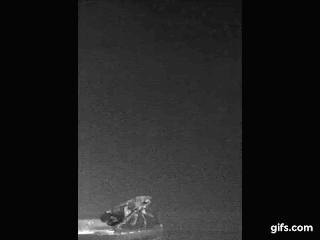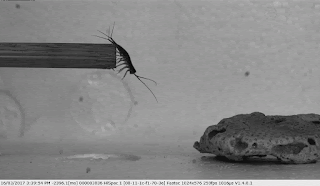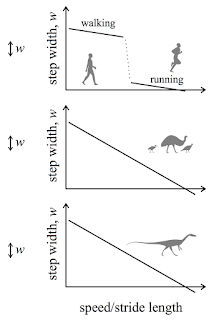Jumping insects - Honours project

I have recently published some work on insect jumping here But what i really wanted to look at was the association between either insect jumping speed / acceleration with limb length. But also insect jumping ability with adhesive pads, as i suspect that long legs in insects are less for allowing them to jump faster, but rather for allowing them to jump from smooth surfaces without slipping. Although, they do look hilarious when they slip. I want to do this by comparing take off velocity and acceleration in a whole pile of crickets that we find around campus.





